I said a few times to few people:
In particular where patents are in the equation; when you are doing research
on these old devices\inventions you have to keep a few things in your mind:
A) What was available then to that person.
B) Who were the people he was in contact with.
C) Usually the inventor kept some fact(s) hidden - to protect his patent.
D) What was his particular field of interest then and just prior to the invention.
E) Look at the invention like you will look at a solar eclipse -
Block the main event and look at the surroundings.
In this last case, that was how I actually found the 'secret' of the EV Gray tube/valve and others. First, update your info with regards to 'nuclear' knowledge as Tesla (or whomever you are researching) would have known up to that particular date then re-read that person's personal history, related news and magazine clipping, talks he did - whatever.
THEN go back and read the direct info/patent you are interested in. It is very much like forensics - research not only the item, but the environment.
TESLA: He was not all that magic or super intelligent. He just know more than the Average person – about more subjects. I do think many people on this and other related forums fail to realize that Nikola Tesla’s also had other interests, knowledge and even patents. These includes medical, astrology (as in physical AND spiritual) – then there is one particular field few people do realize and this is a critically error in our interest field:
Nikola Tesla was also what we will call today a METALURGIST, MINERALOGIST and GEMOLOGIST. So you add all of these together you will find he probably would have loved the periodic table.
In many of his patents he use the word “METAL” – unless it is otherwise started as being FERRITE, COPPER, etc – it could mean anything. Radium is a metal, Uranium is a metal, Mercury is a metal. In those days they also liked to work with Cobalt, Corundum and Zirconia.
Example of further TESLA related research:
So let me give you another example of research. In this case let us see what other Information Tesla might have had in relation to NUCLEAR physics. Being a scientist, researcher and inventor – with a very high requirement of recognition and ego; he obviously would have been VERY interested in science literature and the NOBEL price.
In 1895 Rutherford traveled to England for postgraduate study at the Cavendish Laboratory, University of Cambridge (1895–1898), and he briefly held the world record for the distance over which electromagnetic waves could be detected. During the investigation of radioactivity he coined the terms alpha and beta to describe the two distinct types of radiation emitted by thorium and uranium.
Between 1900 and 1903, Ernest Rutherford and Frederick Soddy showed how thorium decayed at a fixed rate over time into a series of other elements. This observation led to the identification of half life as one of the outcomes of the alpha particle experiments that led to their disintegration theory of radioactivity. In 1908 Ernest Rutherford received the Nobel Price for his research. In 1919 he became the first person to transmute one element into another when he converted nitrogen into oxygen through the nuclear reaction. In 1926 he wrote a book “The electrical Structure of Matter”.
Tesla always studied his peers; so he definitely would have studied the work of Rutherford and the particular point I lifted out above would have been of great interest to Tesla.
Some other interesting research of Nikola Tesla:
We all know he was Serbian, but did you know that he continue to have very close ties for all of his life? The president of the Belgrade university and senior scientist to the Monarchy was Djordje Stanojević – not just an aquantance, but very personal friend of Tesla - since childhood. In fact Stanojević was the person who opend doors for Tesla, and to whom TESLA always sent his documents.
“Tesla ceded to Stanojević the texts of patents and lectures, and sent images and schemes, so Stanojević, himself well known in broader scientific circles in Europe, used that in the most skillful manner, and introduces our science to the modern currents in the field of electronic engineering. “B92 - Tesla - Life and work - Nikola Tesla and his Compatriots
Another example of interest:
I once saw a photo of Nikola Tesla with Kenneth Swezey. So who was this Swezey? Following that out, I found that KS actually formed the Tesla Society, was a friend of Tesla and more important:
“After Mr. Swezey died in 1972, the Smithsonian Institution acquired his collection and organized it into 26 document boxes. In 1983 the Division of Electricity, which had been holding the papers, transferred them to the Archives Center, National Museum of American History.”
Important: Those are 26 boxes of TESLA related documents.
Tesla worked with Uranium – already in 1893;
Tesla devised all kinds of wirelessly lit vacuum and gas filled tubes. He increased the brilliance by using glass of which the silica compound was mixed with uranium and coating them with phosphors. That was Tesla version of the Fluorescent tubes.
EDIT: "Removed portion"
In particular where patents are in the equation; when you are doing research
on these old devices\inventions you have to keep a few things in your mind:
A) What was available then to that person.
B) Who were the people he was in contact with.
C) Usually the inventor kept some fact(s) hidden - to protect his patent.
D) What was his particular field of interest then and just prior to the invention.
E) Look at the invention like you will look at a solar eclipse -
Block the main event and look at the surroundings.
In this last case, that was how I actually found the 'secret' of the EV Gray tube/valve and others. First, update your info with regards to 'nuclear' knowledge as Tesla (or whomever you are researching) would have known up to that particular date then re-read that person's personal history, related news and magazine clipping, talks he did - whatever.
THEN go back and read the direct info/patent you are interested in. It is very much like forensics - research not only the item, but the environment.
TESLA: He was not all that magic or super intelligent. He just know more than the Average person – about more subjects. I do think many people on this and other related forums fail to realize that Nikola Tesla’s also had other interests, knowledge and even patents. These includes medical, astrology (as in physical AND spiritual) – then there is one particular field few people do realize and this is a critically error in our interest field:
Nikola Tesla was also what we will call today a METALURGIST, MINERALOGIST and GEMOLOGIST. So you add all of these together you will find he probably would have loved the periodic table.
In many of his patents he use the word “METAL” – unless it is otherwise started as being FERRITE, COPPER, etc – it could mean anything. Radium is a metal, Uranium is a metal, Mercury is a metal. In those days they also liked to work with Cobalt, Corundum and Zirconia.
Example of further TESLA related research:
So let me give you another example of research. In this case let us see what other Information Tesla might have had in relation to NUCLEAR physics. Being a scientist, researcher and inventor – with a very high requirement of recognition and ego; he obviously would have been VERY interested in science literature and the NOBEL price.
In 1895 Rutherford traveled to England for postgraduate study at the Cavendish Laboratory, University of Cambridge (1895–1898), and he briefly held the world record for the distance over which electromagnetic waves could be detected. During the investigation of radioactivity he coined the terms alpha and beta to describe the two distinct types of radiation emitted by thorium and uranium.
Between 1900 and 1903, Ernest Rutherford and Frederick Soddy showed how thorium decayed at a fixed rate over time into a series of other elements. This observation led to the identification of half life as one of the outcomes of the alpha particle experiments that led to their disintegration theory of radioactivity. In 1908 Ernest Rutherford received the Nobel Price for his research. In 1919 he became the first person to transmute one element into another when he converted nitrogen into oxygen through the nuclear reaction. In 1926 he wrote a book “The electrical Structure of Matter”.
Tesla always studied his peers; so he definitely would have studied the work of Rutherford and the particular point I lifted out above would have been of great interest to Tesla.
Some other interesting research of Nikola Tesla:
We all know he was Serbian, but did you know that he continue to have very close ties for all of his life? The president of the Belgrade university and senior scientist to the Monarchy was Djordje Stanojević – not just an aquantance, but very personal friend of Tesla - since childhood. In fact Stanojević was the person who opend doors for Tesla, and to whom TESLA always sent his documents.
“Tesla ceded to Stanojević the texts of patents and lectures, and sent images and schemes, so Stanojević, himself well known in broader scientific circles in Europe, used that in the most skillful manner, and introduces our science to the modern currents in the field of electronic engineering. “B92 - Tesla - Life and work - Nikola Tesla and his Compatriots
Another example of interest:
I once saw a photo of Nikola Tesla with Kenneth Swezey. So who was this Swezey? Following that out, I found that KS actually formed the Tesla Society, was a friend of Tesla and more important:
“After Mr. Swezey died in 1972, the Smithsonian Institution acquired his collection and organized it into 26 document boxes. In 1983 the Division of Electricity, which had been holding the papers, transferred them to the Archives Center, National Museum of American History.”
Important: Those are 26 boxes of TESLA related documents.
Tesla worked with Uranium – already in 1893;
Tesla devised all kinds of wirelessly lit vacuum and gas filled tubes. He increased the brilliance by using glass of which the silica compound was mixed with uranium and coating them with phosphors. That was Tesla version of the Fluorescent tubes.
EDIT: "Removed portion"

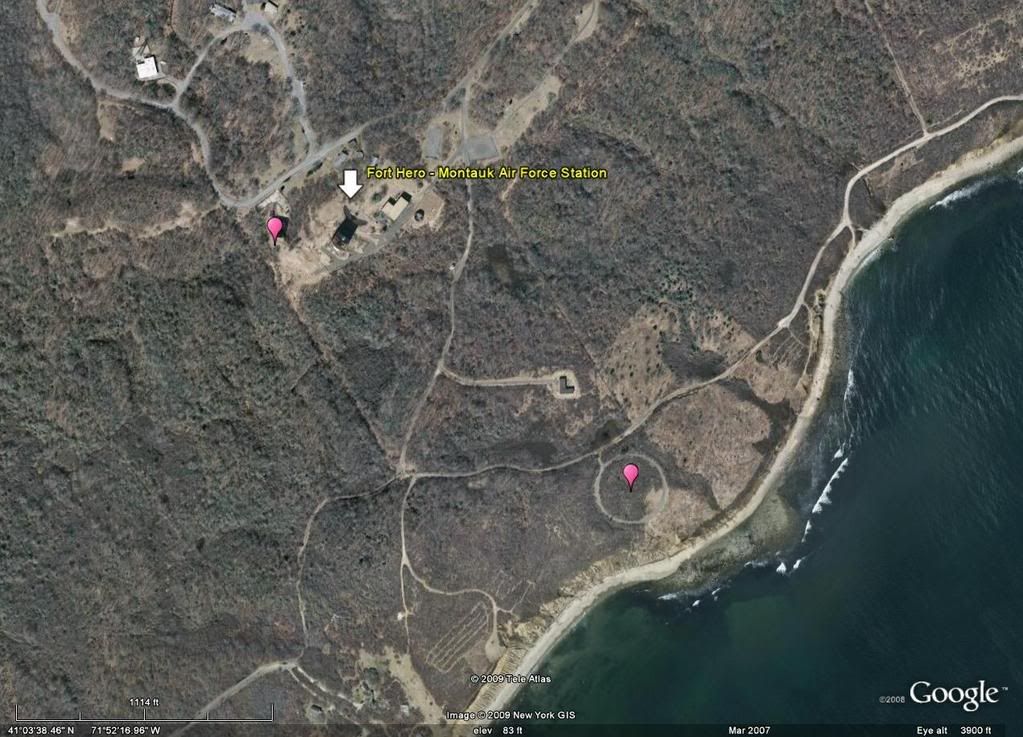
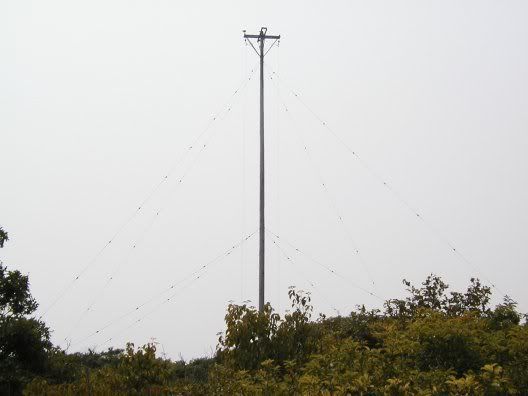

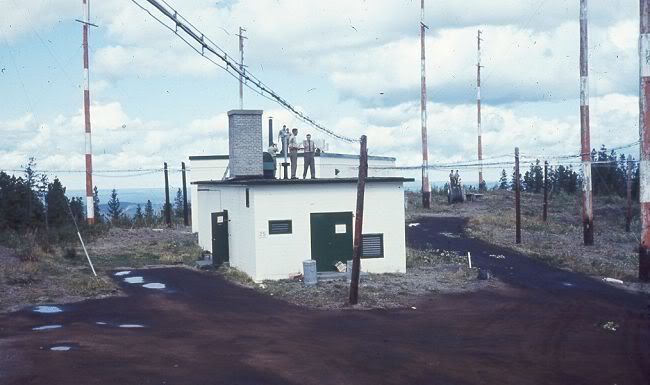
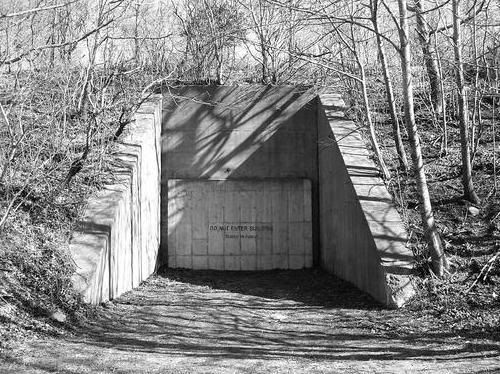





 the silvery coating seen on the glass envelopes inside is generally made of barium, which reacts (when hot) with gases, taking them out of circulation as soon as they appear so it cant be that because it's on the outside of the bulb or globe.
the silvery coating seen on the glass envelopes inside is generally made of barium, which reacts (when hot) with gases, taking them out of circulation as soon as they appear so it cant be that because it's on the outside of the bulb or globe. 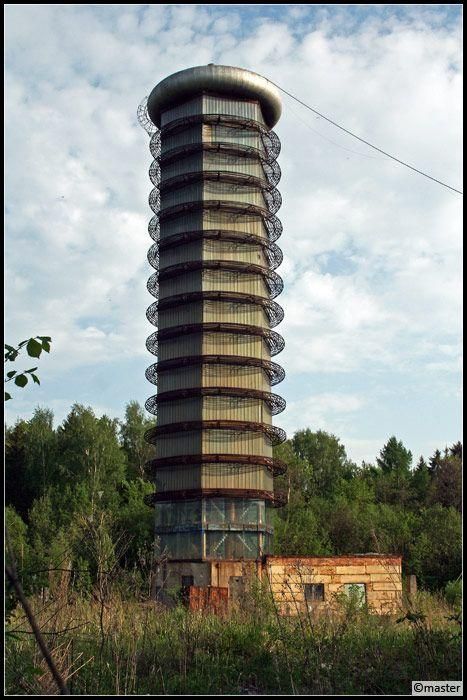

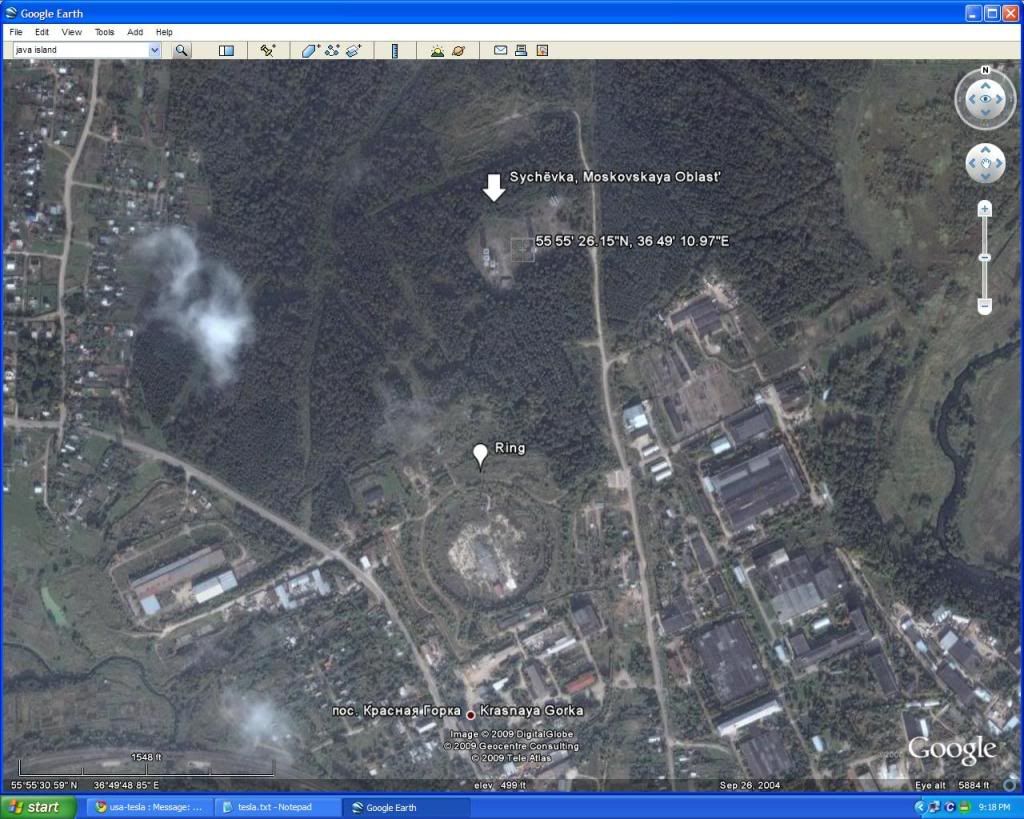
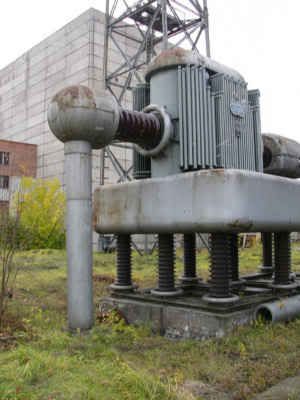
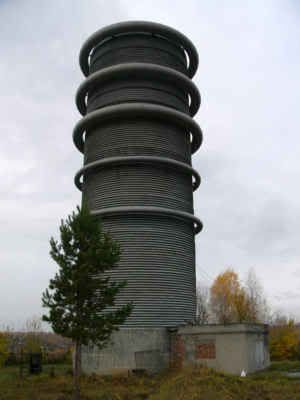
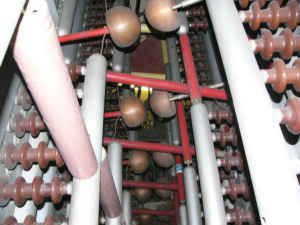
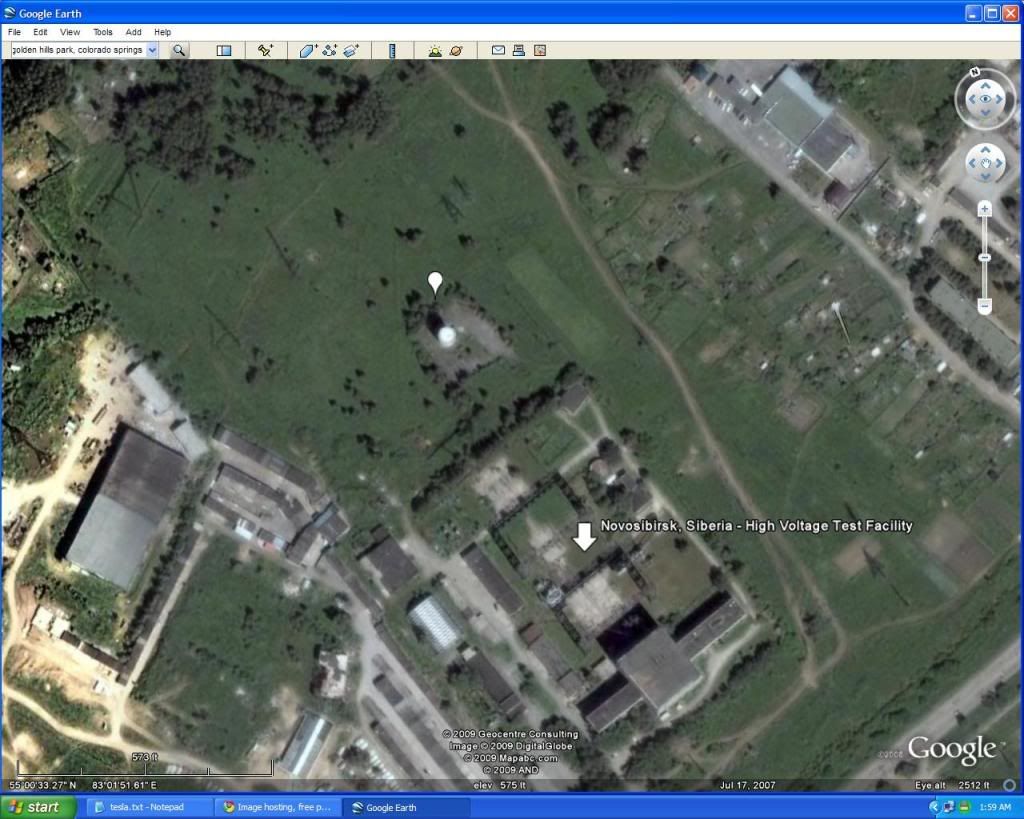
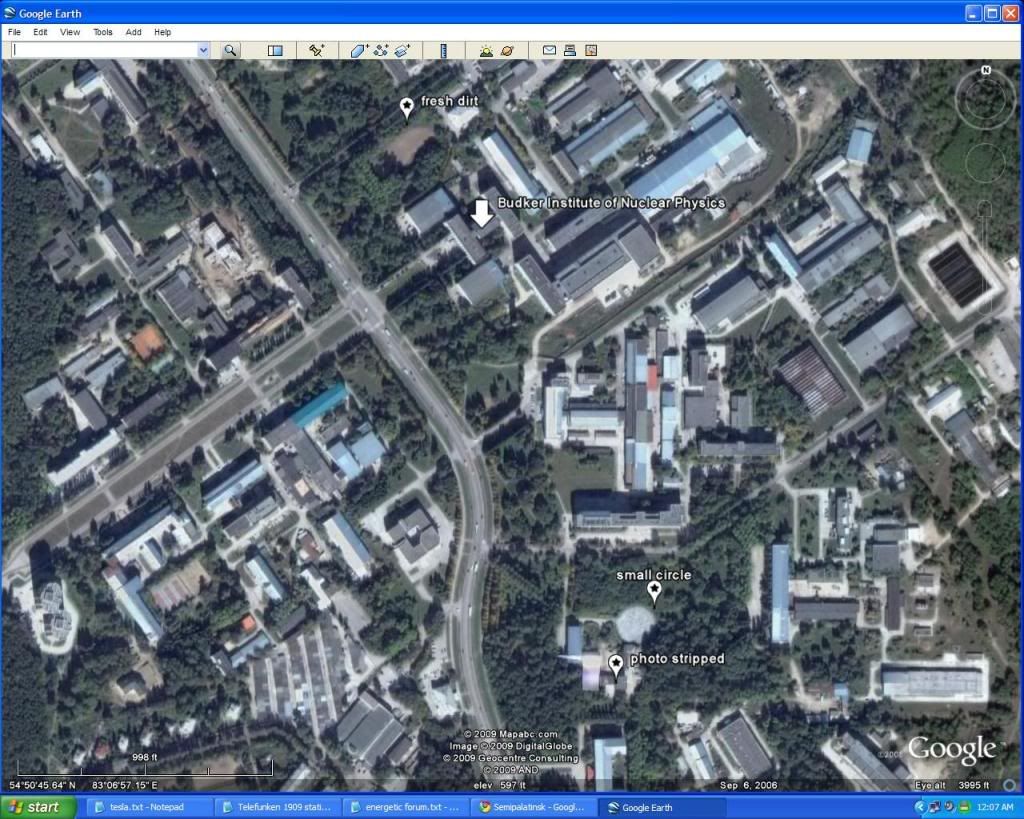
Comment